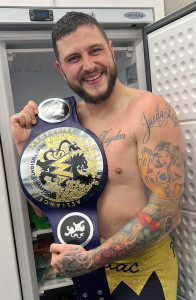Eiji Tsuburaya
#32916 Most Popular
0
1901
1908
1913
1915
1917
1919
1926
1934
1935
1937
1942
1948
1949
1950
1954
1956
1958
1963
1966
1970




